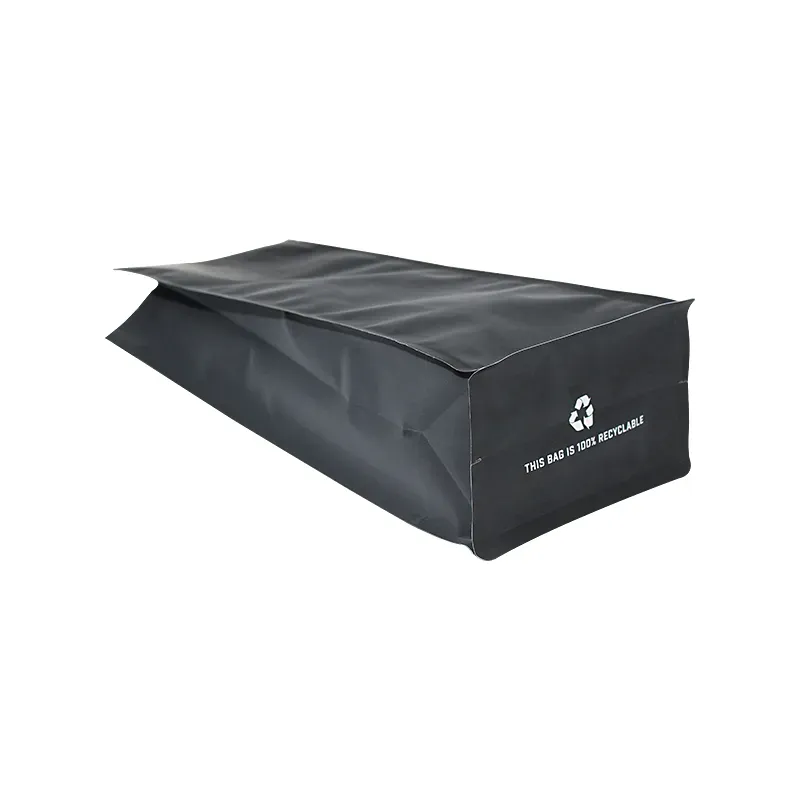- Afrikaans
- Albanian
- Amharic
- Arabic
- Armenian
- Azerbaijani
- Basque
- Belarusian
- Bengali
- Bosnian
- Bulgarian
- Catalan
- Cebuano
- chinese_simplified
- chinese_traditional
- Corsican
- Croatian
- Czech
- Danish
- Dutch
- English
- Esperanto
- Estonian
- Finnish
- French
- Frisian
- Galician
- Georgian
- German
- Greek
- Gujarati
- haitian_creole
- hausa
- hawaiian
- Hebrew
- Hindi
- Miao
- Hungarian
- Icelandic
- igbo
- Indonesian
- irish
- Italian
- Japanese
- Javanese
- Kannada
- kazakh
- Khmer
- Rwandese
- Korean
- Kurdish
- Kyrgyz
- Lao
- Latin
- Latvian
- Lithuanian
- Luxembourgish
- Macedonian
- Malgashi
- Malay
- Malayalam
- Maltese
- Maori
- Marathi
- Mongolian
- Myanmar
- Nepali
- Norwegian
- Norwegian
- Occitan
- Pashto
- Persian
- Polish
- Portuguese
- Punjabi
- Romanian
- Russian
- Samoan
- scottish-gaelic
- Serbian
- Sesotho
- Shona
- Sindhi
- Sinhala
- Slovak
- Slovenian
- Somali
- Spanish
- Sundanese
- Swahili
- Swedish
- Tagalog
- Tajik
- Tamil
- Tatar
- Telugu
- Thai
- Turkish
- Turkmen
- Ukrainian
- Urdu
- Uighur
- Uzbek
- Vietnamese
- Welsh
- Bantu
- Yiddish
- Yoruba
- Zulu
inkjet printing on plastic
Inkjet Printing on Plastic Revolutionizing the Printing Industry
In recent years, inkjet printing technology has expanded beyond traditional paper and textiles to encompass a wide array of substrates, including plastics. This advancement presents unique opportunities and challenges within various industries, from packaging to manufacturing. As businesses and consumers increasingly demand high-quality, durable printed materials, understanding the intricacies of inkjet printing on plastic becomes essential.
The Technology Behind Inkjet Printing on Plastic
Inkjet printing operates on the principle of precisely depositing droplets of ink onto a substrate using a series of nozzles. When it comes to plastic printing, there are specific considerations that must be addressed. The success of this process hinges on the selection of appropriate inks, substrates, and printing techniques. Traditional inks may not adhere well to plastic surfaces due to their non-porous nature. As such, specialized inks, such as UV-curable or solvent-based formulations, have been developed to ensure better adhesion and durability.
UV-curable inks, for instance, are becoming increasingly popular in plastic printing as they dry almost instantly when exposed to ultraviolet light. This quick curing process enables faster production times while preserving the vibrancy and detail of printed images. Solvent-based inks, on the other hand, utilize chemicals that penetrate the plastic surface, allowing for improved adhesion. Each ink type possesses its set of advantages, and the choice ultimately depends on the specific application and desired outcome.
Applications of Inkjet Printing on Plastic
The versatility of inkjet printing on plastic opens doors to numerous applications. One of the most significant sectors benefiting from this technology is packaging. Food and beverage companies are leveraging inkjet printing to produce high-quality labels, directly printed packaging, and promotional materials. The ability to print intricate designs and essential information, such as ingredients and expiration dates, directly onto plastic containers enhances both aesthetics and functionality.
Moreover, in the realm of product manufacturing, inkjet printing has enabled layered, complex design patterns on plastic components. This is especially useful in the automotive and consumer electronics industries, where brand identity and product differentiation are paramount. The customization of plastic parts with brand logos, serial numbers, and QR codes contributes to a seamless integration of aesthetic value and practical utility.
inkjet printing on plastic

Sustainability and Environmental Considerations
As with any technological advancement, the environmental impact is a crucial consideration. The printing industry is under increasing pressure to adopt sustainable practices, and inkjet printing on plastic is no exception. Some manufacturers are exploring eco-friendly inks that reduce volatile organic compounds (VOCs) and other harmful emissions. Additionally, advancements in the recycling of printed plastics, combined with the development of biodegradable materials, can lead to a more sustainable printing process.
Another aspect of sustainability lies in the potential for reducing waste. Traditional printing methods often involve lengthy prototyping and setups, leading to excess materials being discarded. Inkjet printing, particularly digital technologies, allows for shorter print runs and on-demand production, minimizing waste associated with inventory management and surplus materials.
Challenges and Future Directions
Despite the advantages, there are challenges associated with inkjet printing on plastic. Variability in plastic compositions can affect ink adhesion and print quality, necessitating rigorous testing and quality control measures. Implementing proper pre-treatment processes, such as surface cleaning or priming, can help mitigate some of these issues.
Looking forward, the future of inkjet printing on plastic appears promising. Ongoing research and development will likely lead to improved ink formulations and printer technologies that further enhance the capabilities of this method. As industries continue to innovate, integrating inkjet printing with digital workflows and smart technologies could pave the way for more efficient, customized solutions in manufacturing and product design.
In conclusion, inkjet printing on plastic is transforming the landscape of printing technology, with applications spanning various industries. By embracing its potential while addressing sustainability and technical challenges, businesses can harness this technology to deliver high-quality, innovative products that meet the evolving demands of consumers. As the inkjet printing sector continues to grow, its role in shaping the future of printing will undoubtedly expand.













